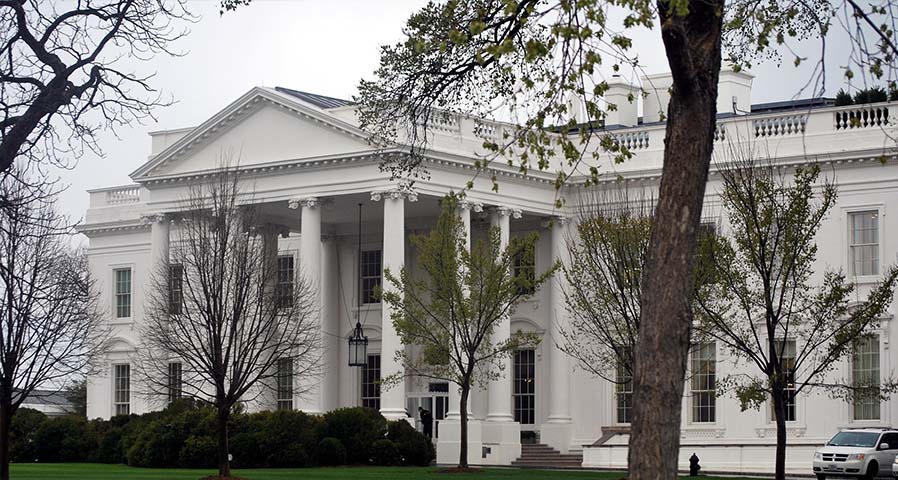Electric vehicle drivers have one common concern. They worry about finding charging infrastructure. EV owners are starting to have hope with the passage of the Biden administration’s multi-billion-dollar bipartisan infrastructure law. With a $7.5 billion pledge from the White House, steps are being taken to improve and increase the electric vehicle charging network across the United States. The plan covers the installation of public chargers for short and long-distance traveling. As more national and international car manufacturers are announcing their plans to expand their electric vehicle lineup, the White House’s announcement is welcome news for EV drivers. The bipartisan plan is addressing one of consumers’ biggest barriers to EV ownership. Where and how they are going to charge their electric vehicles. Vice-president Kamal Harris addressing the issue states, “Well, when we install public chargers in rural, urban and suburban neighborhoods, we make it easier for people to go electric. It’s that simple,”
How the White House is Developing the Charging Network
President Biden hopes the combination of an expanded electric vehicle charging network, combined with incentives from the Build Back Better proposal will encourage drivers to make the switch to electric vehicles. To accomplish the president’s goal, $5 billion is set aside for states to expand their EV charging network, especially in urban and rural areas. These communities are often left out of the EV market. An additional $2.7 billion is slated for use in community grants to “ensure that charger deployment meets Administration priorities such as supporting rural charging, improving local air quality and increasing EV charging access in disadvantaged communities,” according to an official White House statement. By February 11th, the Biden administration plans on publishing state and city guidance to aid in the strategic deployment of EV charging stations with the goal of creating a network along with the country’s highway system. According to the billion-dollar plan, “This guidance will look at where we already have EV charging and where we need — or will need — more of it. It will focus on the needs of disadvantaged and rural communities, catalyze further private investment in EV charging, and ensure we’re smartly connecting to our electric grid.” The Department of Transportation, headed by Pete Buttigieg, will issue additional guidance for network chargers by May 11th with the goal of ensuring the infrastructure is working, safe, and easily accessible. A joint statement issued by Pete Buttigieg and Energy Department Secretary Jennifer Granholm states, “We are embarking on a transformative path to modernize the way we get around in this country, making sure all Americans have the option to choose electric vehicles and spend less at the pump while making our air healthier.”
Did you know we have a EV News Letter? In our monthly newsletter the EV Action Report we summarize everything happening in the world of electric vehicles. You can click here to subscribe to our newsletter or you can review our emailing policies here!
Moving Towards an Extensive EV Charging Network
Developing the charging network will take time, but Professor Timothy Johnson has some words of hope for EV drivers. The Energy and Environment program at Duke University compares the current need for an EV charging network to the push for more gas stations in the 1920s and 1930s. “We went from pretty much nothing in 1920 to a couple hundred thousand pumps in the 1930s,” he said. “We have electricity infrastructure, so adding chargers isn’t as big of a deal. We’ve done it before, we can do it again, and I think under easier conditions this time.” Some EV drivers and potential electric vehicle owners may point to the type of chargers being installed under the White House’s plan. The $7.5 billion plan is half of what the administration originally proposed. The lower number affects the type of chargers being added to the infrastructure. Instead of installing fast Level 3 DC chargers, the administration is choosing less-expensive Level 2 AC units. The difference in charging times is significant. It can take up to twenty hours to fully charge an EV battery with a Level 2 charger. Using a Level 3 DC fast charger, drivers have a fully-charged battery in anywhere from 15 to 45 minutes. Even with this minor setback, environmentalists are still hailing the plan as a win in their fight against climate change. Simon Horowitz, of Environment America Global Warming Solutions states, “The Biden administration’s EV charging action plan brings us another step closer to a much-needed national charging network. Transportation is currently the No. 1 source of global warming emissions in the United States, with vehicle pollution fueling the climate crisis every day. It’s critical that we drastically reduce our pollution to protect our planet.”
Learn more about our Level 2 AC Chargers as well as our Exceed Level 3 DC Fast Chargers. All of our EV charger lines include our Noodoe operating system for advance analytics and autonomous operations capabilities.
The President’s Infrastructure Bill Also Covers Batteries
The infrastructure bill also covers batteries. Specifically, how EV batteries are manufactured and their impact on the environment. The bill is allocating $3 billion in grants to speed up the development of the battery supply chain in North America. These funds are being used to expand the country’s ability to produce batteries and establish recycling facilities.
Americans are Looking Towards an Electric Future
With the passage of the infrastructure bill, EV drivers will have access to the charging stations necessary for traveling greater distances. Combined with the rising prices of gas-powered vehicles, the White House and environmental leaders are hopeful American drivers are ready for an electric future. If you are interested in learning more about becoming an EV charging network owner, or installing EV chargers for your organization, call 484-816-2076, email [email protected], or schedule a call that fits your needs by clicking the button below.








0 Comments